
Vibrant Environment
Environmental Justice
All | Biodiversity | Climate Change and Sustainability | Environmental Justice | Governance and Rule of Law | Land Use and Natural Resources | Oceans and Coasts | Pollution Control

It is now half a century since the first Earth Day. Not only did I help run our school’s “teach in” in 1970, it is also 50 years since my entrance into environmental journalism. A first-person history may help to affirm the importance of the environmental protections that soon followed, as well as of a robust student press to push today’s issues.

Over the past few years, considerable energy has been devoted toward advancing environmental justice (EJ) at the state level. State agencies can be robust laboratories for experimenting with ways to advance EJ, as they’re often tasked with making decisions under state and federal environmental law. As EJ pioneer Charles Lee explains in the March issue of ELR—The Environmental Law Reporter, state lessons can cross-fertilize and inform work at other levels of government, and the role of nongovernmental players is also critical to driving transformative change. Lee believes it is essential that those working to advance EJ systemically expand their discourse.
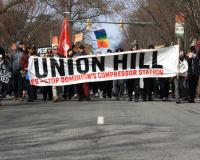
The U.S. Court of Appeals for the Fourth Circuit on Tuesday, January 7, 2020, explicitly relied on environmental justice (EJ) concepts to vacate and remand a Virginia state air pollution permit for a compressor facility associated with an interstate natural gas pipeline. This is one of only a very few federal court decisions to address EJ expressly, and is noteworthy because of its explicit application of EJ elements.
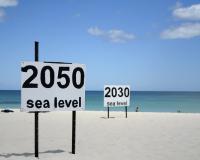
In the past, some domestic and international attempts to alleviate the burdens of migrant populations and establish legal protections for them have been implemented, but many of these protections are not specific enough and lack legally binding measures adequate to ensure that peoples displaced by weather-related disasters are protected on a global scale. International norms are important, as they can at least symbolically set a standard that national governments can follow.
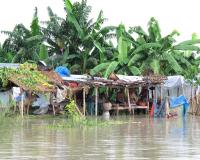
Countries around the world are slowly sinking and the list of vulnerable communities is only getting longer. According to the International Displacement Monitoring Center, 28 million people in 2018 were displaced from their homes due to regional conflict, violence, and environmental disasters.
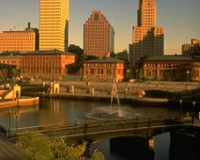
For decades, environmental justice advocates have imagined and advanced a vision of environmental governance that protects the most vulnerable communities from harmful pollutants and negative health impacts. Addressing environmental injustice in the diverse contexts of communities around the United States has resulted in a myriad of policy tools and programs for achieving environmental justice at all levels of government. While environmental injustice has global prevalence, environmental injustices are at their core local issues with a local solution space.
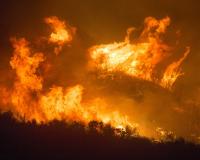
As climate change worsens, so does the risk of wildfires. This is especially so in the western United States, as seen all too well in California in recent weeks. Adding fuel to the fire are the increasing number of homes built near areas prone to wildfires, the wildland-urban interface (WUI), which increases the risk to people and their homes, makes wildfires harder to control, and prohibits fires from being allowed to burn naturally.

The Gulf Coast region historically is known for producing more seafood than anywhere else in the continental U.S., both in volume and dollar value. However, since Hurricane Katrina in 2005 and the Deepwater Horizon oil spill in April 2010, fishing communities along the coast who depend upon healthy and vibrant marine habitats have experienced significant financial instability.

It is estimated that over 800 million people will be at risk from the impacts of rising sea levels by 2050, concentrated among 570 coastal cities across the world. Some of these cities have already started to experience the impacts of sea-level rise and storm surges, which has catalyzed efforts by governments and individuals to begin preparing for more projected effects.

First plastic bags, then straws, and now . . . miniature toiletries.
In a world where half the plastic produced globally is packaging we use just once, and only nine percent of all plastic is recycled, a consumer tide against single-use plastics is sweeping up grocery retailers, restaurants, and now the hospitality industry.